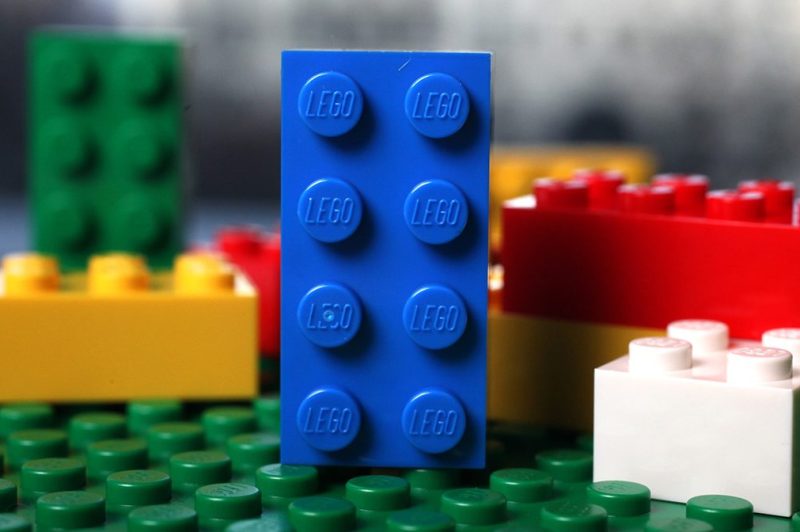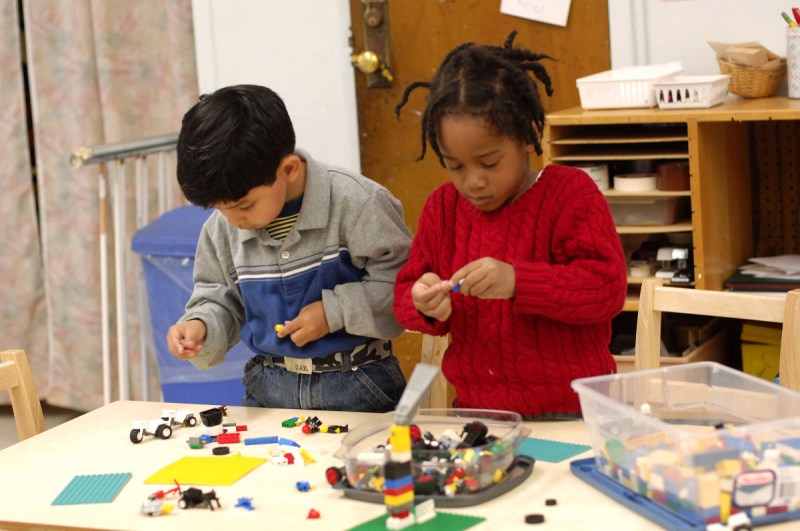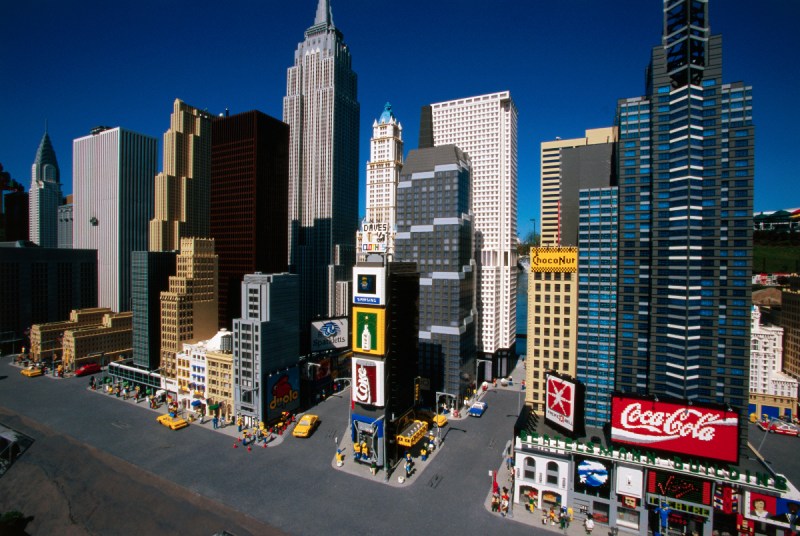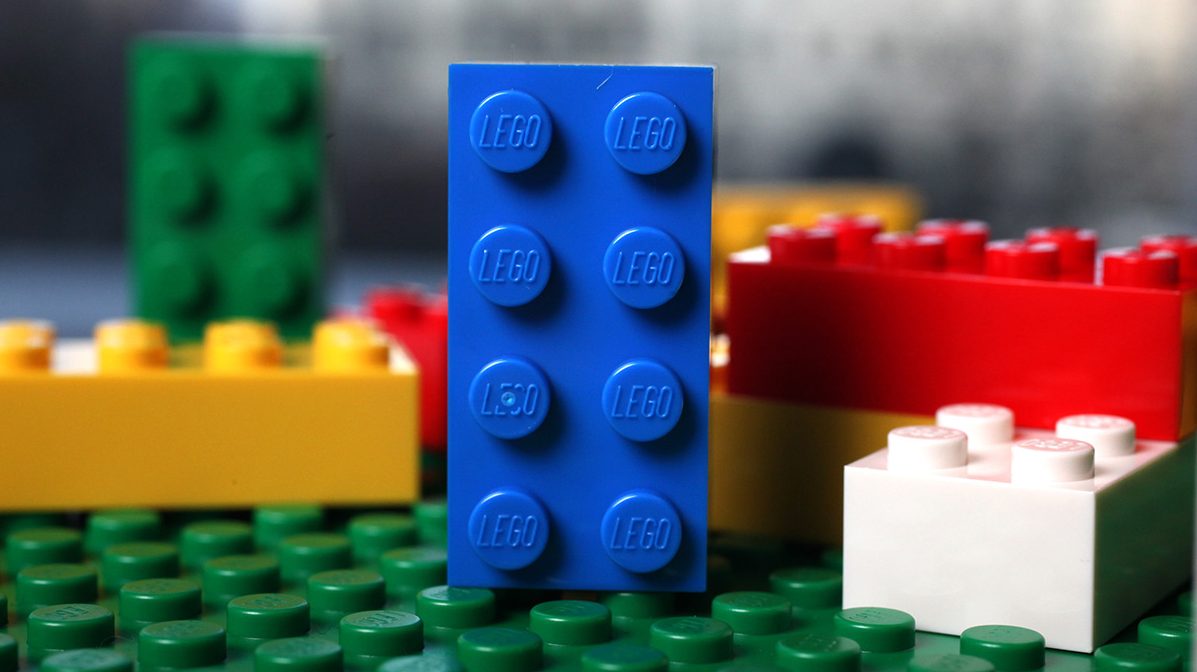
It may sound disconcerting to hear Lego Future Lab employees sing “Everything Is Awesome” during a legitimate team-building exercise. But that attitude is what slotted Lego to the top spot in the toy industry.
Simply put, they’ve become the Apple of toys.
In 2014, Lego reported first-half profits of $273 million on revenue of $2.03 billion, putting it ahead of Mattel. That surge was propelled by the popularity of The Lego Movie and Lego’s gains in China and elsewhere in Asia, but it was still remarkable for a company that only makes one product to overtake a diversified toy juggernaut like its arch-rival.
Indeed, Lego has become what Fast Company called “a profit-generating, design-driven miracle built around premium, intuitive, highly covetable hardware,” and their Future Lab drives that spirit of innovation. The Lab is a collection of industrial and interaction designers, programmers, marketers, and Lego master builders that generates ideas for the company.

True, many companies have similar internal initiatives, especially in the current innovation-obsessed era. But what sets Lego’s innovators apart is the guidance of ethnographic research, studying how kids around the world play with Legos, and just toys in general, and what they want from their play experiences.
For example, Lego found that boys like strong narratives and richly detailed backstories provided for them, whereas girls role-play with their Lego sets—findings that affected how the company marketed and designed their Lego Friends line of girl-oriented sets.

(Dave G. Houser)
Lego also found that European parents were much more directly involved with their children’s playtime than American parents, which provides valuable (if not always complimentary) insights into sales data.
Kids aren’t the only demographic Lego is interested in, either. Lego Architecture targets adult builders, and emerged because of the company’s interactions with Chicago architect Adam Reed Tucker, whose Lego models of the Sears Tower and the Hancock tower inspired the line. Other unorthodox toy ideas, from specific models of adult nostalgia totems (the Ghostbusters car, the Back to the Future DeLorean, etc.) to increasing levels of integration between physical and digital play, emerged from the Future Labs team engaging with consumers.
That practice of active listening is another key factor in Lego’s success. Companies that pitch and catch with their fans are in a better position to adapt than companies stuck in the mindset of one-sided communication. In fact, experimentation and play is what brought the company back from its 2003 state of near-bankruptcy, so the Future Lab will last well into the future.
This article was featured in the InsideHook newsletter. Sign up now.
























